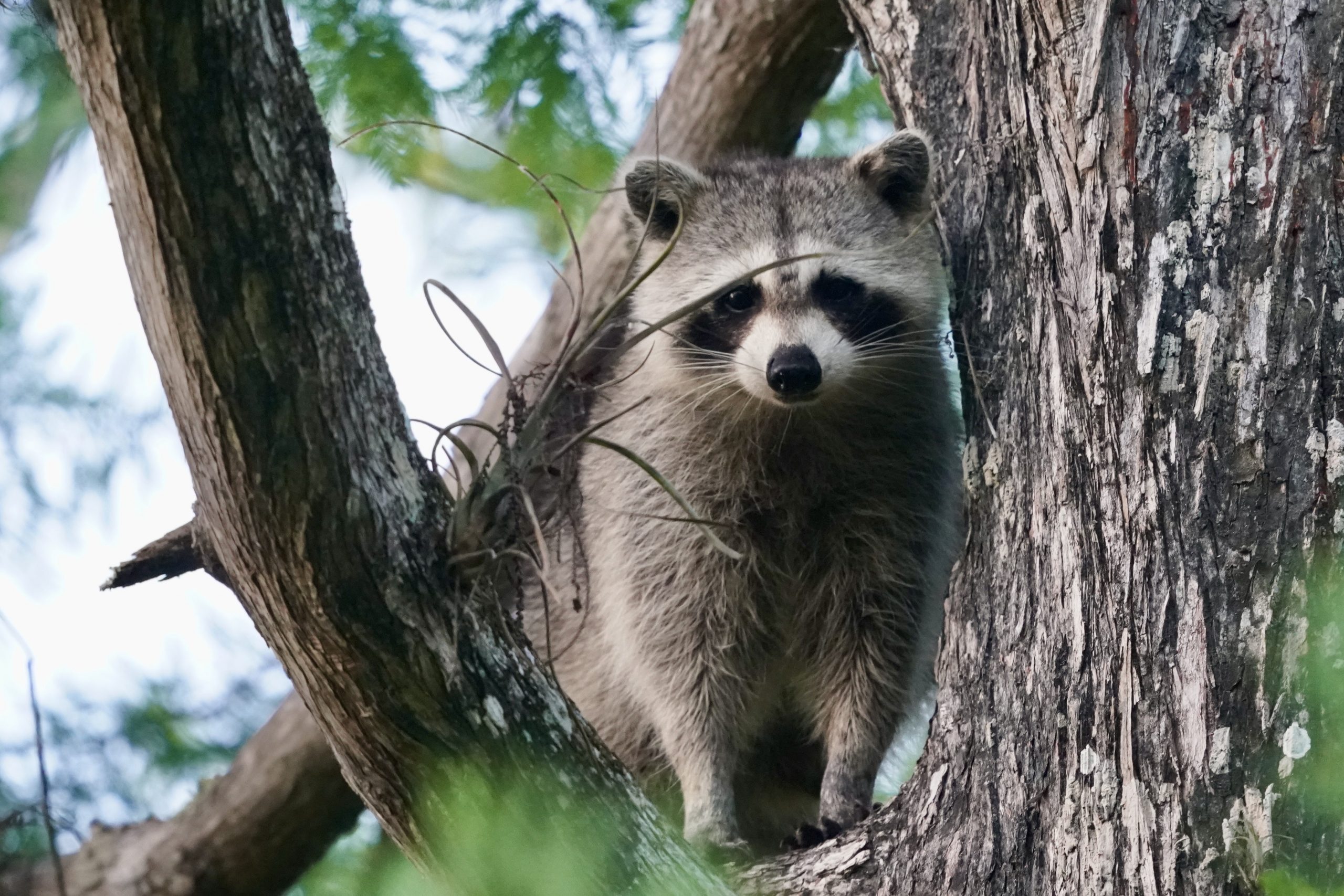Tips to keep animals safe on your evening commute




Theme: Fall-back time change means nocturnal and crepuscular animals are more active around your evening drive.
Definition: Crepuscular: occurring or active during twilight. Crepuscular creatures abound in our area. Crepuscular creatures are most active at dawn and dusk. They tend to sleep at night and lay low during mid-day. This differs from those animals that are nocturnal or diurnal.
For people, the “fall-back” time change creates noteworthy inconveniences like realizing you’ve forgotten how to reset the clock on your dash or unpacking the groceries in the dark, but for wildlife the unintended consequences can be more severe. Namely, the increased number of cars on the road during the evening twilight hours can have a downright dangerous impact on crepuscular animals’ natural evening routines. In many states across the country, November sees more car accidents involving wildlife than any other month. According to transportation studies, motor vehicle accidents involving wildlife rank as the third leading cause for crashes behind speeding and inattentive driving. So, as many of us are now driving during the evening twilight, please take a moment to remember some important habits that will help out our local wildlife and us too.
Remember These Tips
While some collisions may be unavoidable, motorists can reduce the likelihood of an accident by taking the following precautions:
- Slow Down! Driving more slowly increases reaction time and reduces the chance of a collision.
- Stay alert while driving at dusk and dawn. This is when many of Florida’s wildlife are the most active and are likely to be crossing roadways.
- Scan ahead and watch for movement along roadsides. When driving at night, watch for shining eyes in headlights. Always look and be prepared for more than one animal.
- Obey traffic signs and watch for wildlife warning signs.
A side note for when you get home – dogs should be leashed/supervised. Morning and evening walks with our dogs are great fun and relaxing, but they can be very stressful for local wildlife if our dogs chase or roam too close to a den site. Our schedules shift as a result of Daylight saving time, so remember that the routine wildlife we’re used to will be changing, too.
Further reading:
According to the research article, Daylight saving time can decrease the frequency of wildlife-vehicle collisions, daylight saving time (DST) could reduce collisions with wildlife by changing the timing of commuter traffic relative to the behaviour of nocturnal animals.

